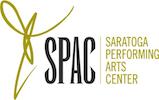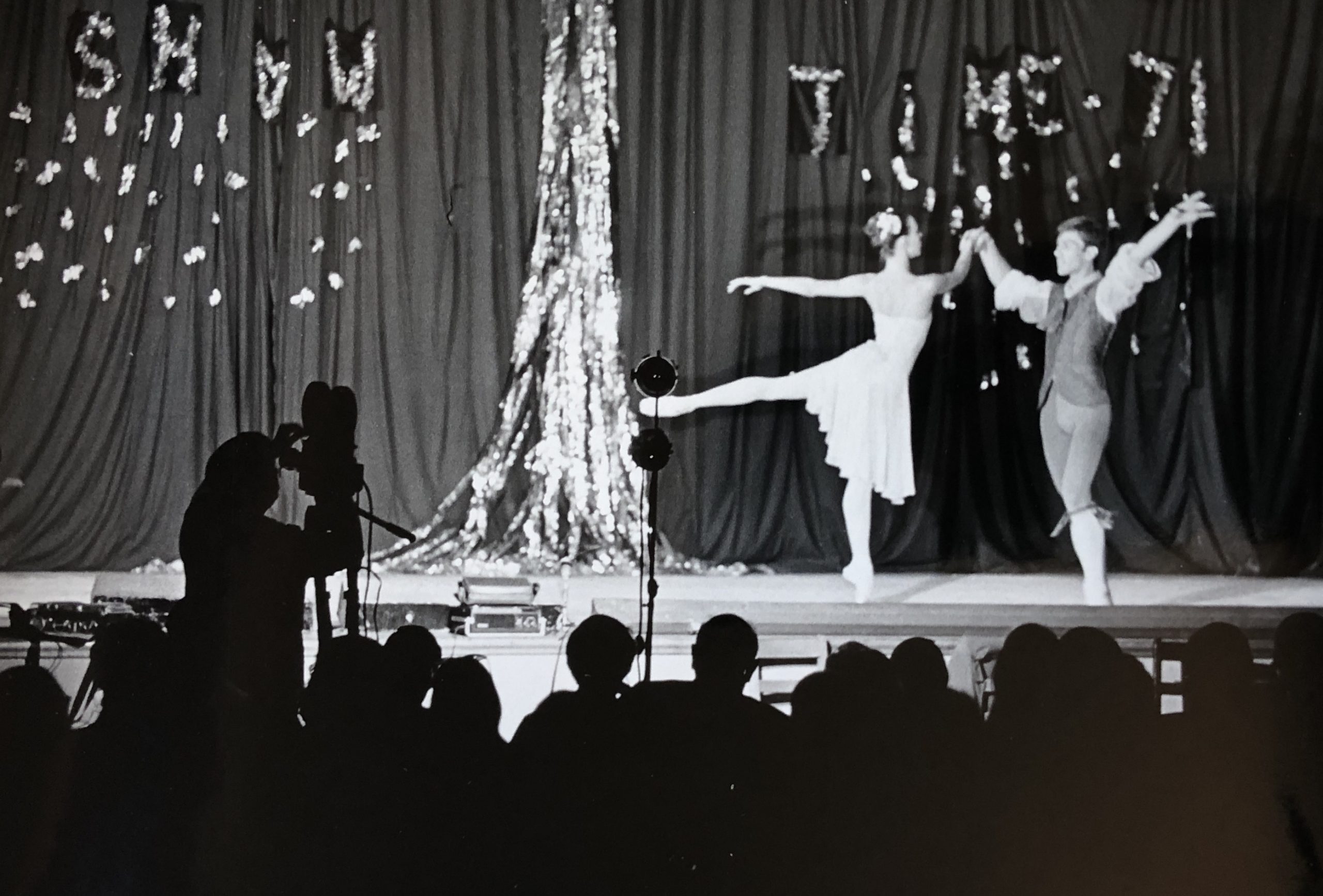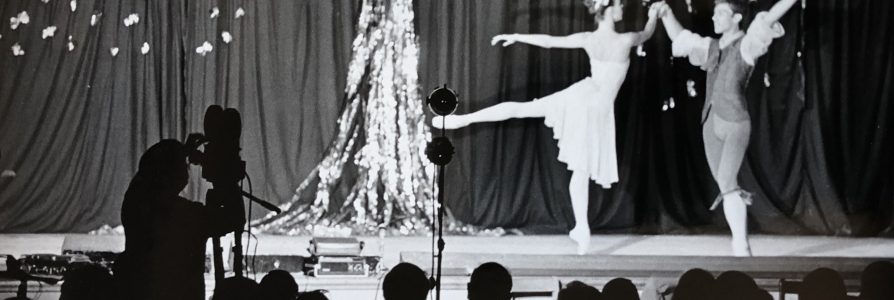The Start of the Program
by Allie Marques
In the late 60’s, times were a-changing. Discussions of social justice were happening on a national stage, the likes of which had never been seen before in America. In upstate New York, we were listening to these conversations and ready to change with the times.
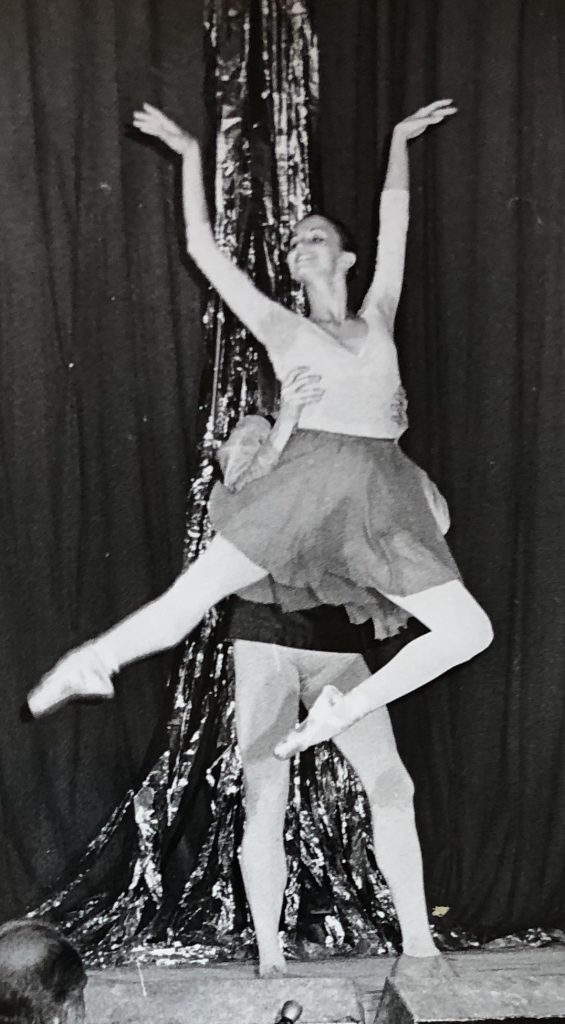
SPAC got the chance to do its part in 1970, when a letter arrived from Clinton Correctional Facility, commonly referred to as Dannemora. The facility’s director of recreation began his letter, “I am writing to you in hopes of enlisting your help in bringing ‘live entertainment’ to the 2000 inmates of this institution.”[1] SPAC seized the opportunity. Starting in 1970, SPAC worked with the New York City Ballet, Philadelphia Orchestra and other companies for their artists to perform plays, ballets, and orchestral music to the incarcerated throughout the area.
These performances moved both the incarcerated and the performers. An orchestra member who played at Dannemora remarked on how the audience was far more responsive and appreciative than their usually concertgoers.[2]
Despite the success of SPAC-sponsored performances at prisons, the documents suggest a short-lived program, with activities only in 1970, 1971, and 1973.
Why would such a popular project stop? The end of prison performances likely responded to statewide and nationwide changes in conversation around prisons, prisoners’ rights, and the incarcerated.
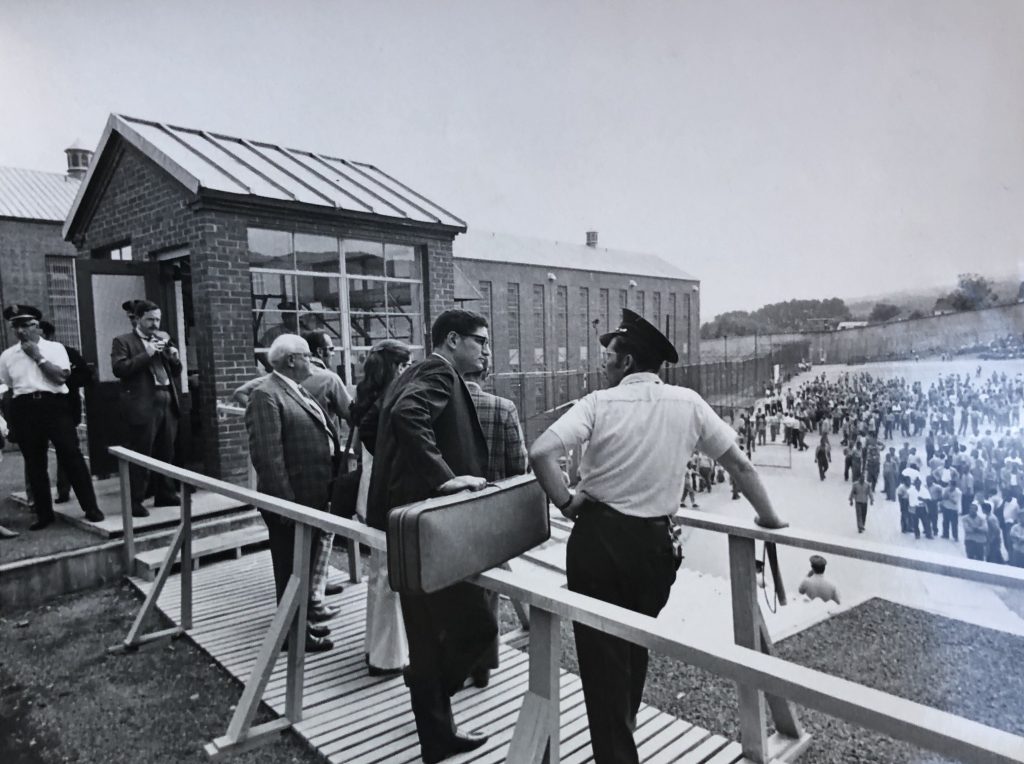
The Affect of Attica
In September 1971, the Attica Prison Uprising sparked the change in conversation around prisons. Attica is a maximum security prison located in upstate New York. In 1971, the condition of prisoners at Attica was abysmal. The incarcerated were only fed 63 cents worth of food a day, held in cells with unregulated temperatures, and denied medical help even in the most extreme cases. In order to buy supplies to help combat these conditions, the incarcerated need money, but every man at the facility made less than 3 dollars a day. Furthermore, Attica was understaffed and correction officers were under-trained, resulting in officers using verbal abuse and intimidation tactics on prisoners.[3] Under these conditions, an uprising occurred on September 9, 1971.
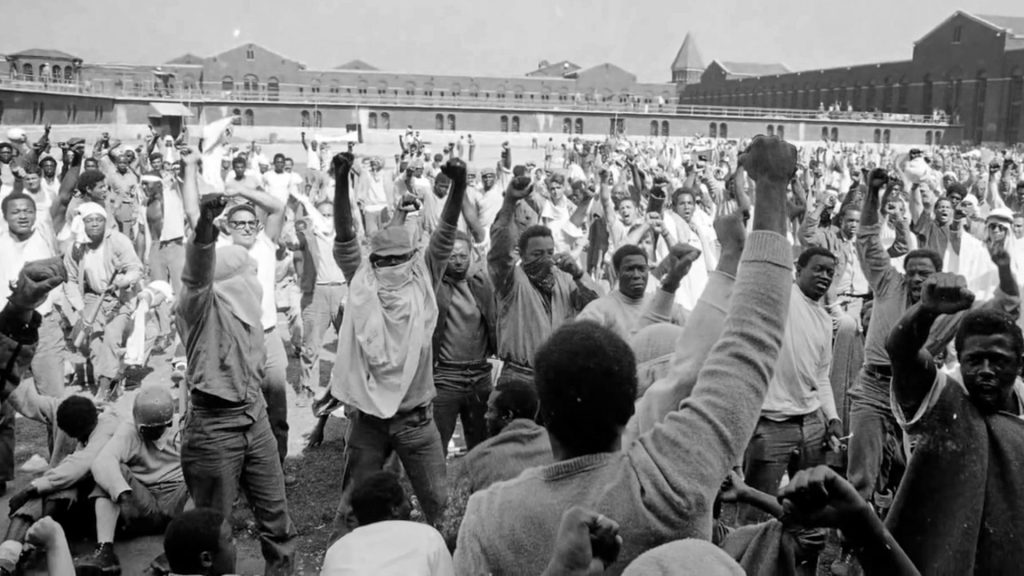
For four days, the incarcerated negotiated with authorities for better treatment in prison. On the night of September 12, Governor Rockefeller ordered the prison be retaken by force, ignoring the protest of authority leaders at Attica.[4] On September 13, New York State led the forceful retaking of the prison at the high cost of 29 prisoner and 9 correctional officers deaths as well as injuries to 85 prisoners and 3 correctional officers. Immediately after the raid, New York State began to spread false information that painted the incarcerated as violent monsters. This false narrative spread quickly and the country supported the acts taken by Governor Rockefeller.[5]
To the Future
In the post-Attica circumstances, it makes sense that SPAC suspended sponsoring artist visits to a prison in 1972, the summer after the uprising, and organized only one more year in 1973. Looking back, however, these performances matter and should be recognized as important acts that helped those that were incarcerated. Prisoners’ rights as a topic has recently reentered the national conversation as national prison conditions are worse than they were in 1971. Organizations like the New York State-based Rehabilitation through the Arts are dedicated to bringing the arts to the incarcerated.[6] SPAC can build upon their legacy of working for the incarcerated by supporting Rehabilitation through the Arts and once again, help those most vulnerable in our community—the incarcerated.
[1] SPAC Archive, Miscellaneous A-Z, Prison Trips & Correspondence, 1970, 1971, 1973, Letter from Clinton Prison, June 18, 1970.
[2] SPAC Archive, Miscellaneous A-Z, Prison Trips & Correspondence, 1970, 1971, 1973, Prison Report by Clay F. Richards.
[3]Heather Ann Thompson, Blood in the Water: The Attica Prison Uprising of 1971 and its Legacy (New York: Pantheon Books, 2016), 8-15.
[4]Thompson, Blood in the Water, 155.
[5]Thompson, Blood in the Water, 194-196.
[6]“How RTA Works,” About Us, Rehabilitation through the Arts, https://www.rta-arts.org/approach.
